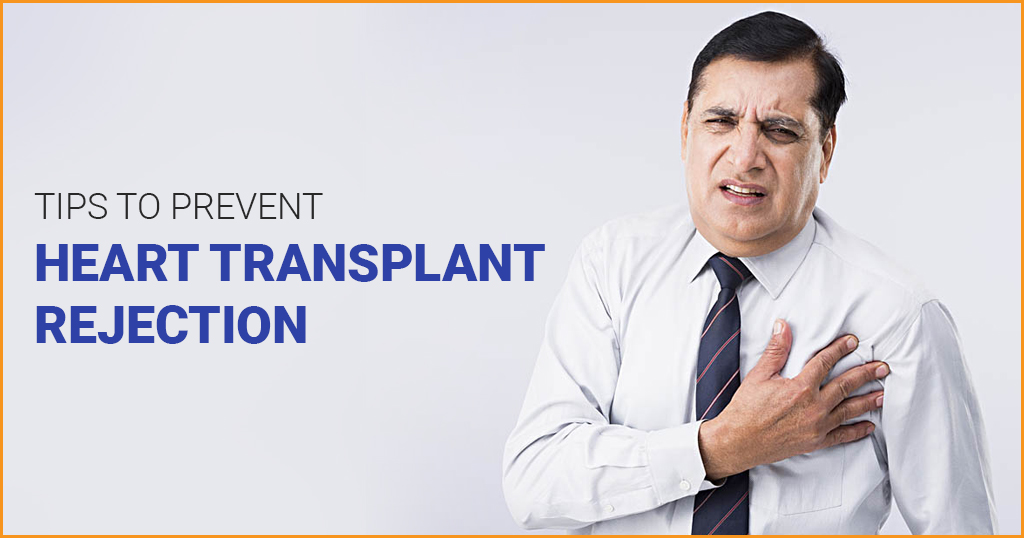Heart Attack In Children


Heart attack is a raging topic in India as we Indians are genetically prone to coronary artery disease. The public perception is to label any issue of the heart as a “heart attack”. Heart disease that afflicts children is quite different from that of adults and most of these conditions can be permanently rectified.
The heart primarily consists of 4 chambers and 2 major pipes feeding the right heart and 4 traversing back to the left heart. There are 4 valves. A major pipe exits from each major chamber (ventricle). A baby could be born with one or more of several heart diseases – holes with or without obstruction to pathways and valves, leaky valves, twisted pathways and pipes misdirected and underdeveloped chambers! The paediatric heart surgeon is thus faced with a myriad of presentations and many challenges to overcome.
The last decade has seen a tremendous surge in the volume of paediatric cardiac surgeries with a noticeable increase in complexity of cases. The results are excellent due to a team-oriented multi-disciplinary approach of surgeons, cardiologists, anaesthetists, intensivists, perfusionists, nurses and paramedical staff.
Children too can have a heart attack! There is a condition called ALCAPA (anomalous origin of the left coronary artery from the pulmonary artery). The aorta is the main pipe which supplies blood to the whole body. There are two major vessels supplying the heart-the right and left coronaries. When the left coronary artery arises from the pulmonary artery (the other pipe which carries oxygen-poor blood) instead of the aorta, as the baby becomes 2-3 months old, the pressure in the pulmonary artery falls and the direction of blood flow reverses in the left coronary artery, which results in deprivation of blood carrying vital nutrients to the heart. Akin to an adult having a heart attack due to a blocked vessel, the baby feels all the terrible pain of a heart attack and screeches in agony.
Challenges in Treating Children with Heart Attack
Several babies were presented to us like this, with extremely badly damaged hearts and in a poor overall condition. They are challenging in more ways than one- the surgery is difficult, the heart is already badly damaged and these babies need a lot of meticulous care in the post-operative intensive care unit. Some will need an artificial life-support system called ECMO. Many other parts of the baby like lungs, kidneys and liver malfunction as well. When the heart is weak, all organs suffer. The immunity of the baby is affected as well and he or she is prone to life-threatening infections.
We, at Apollo Hospitals, have been fortunate to save many of these babies, except a couple who came in too late and the heart and other organs were damaged beyond salvage
We have diagnosed this dreaded but curable condition in babies misdiagnosed with a non-surgical condition called dilated cardiomyopathy. The babies were being managed medically when the need of the hour was urgent surgery. There is also a condition called Kawasaki disease where children can have blockage of coronary vessels and heart attack, and they need coronary artery bypass grafting as done in adults.
Conclusion
And so, to conclude, children can have heart attacks as well and need to be managed in a tertiary paediatric cardiac centre- firstly, for a correct diagnosis and secondly, for a life-saving surgery.
© Copyright 2024. Apollo Hospitals Group. All Rights Reserved.
 +91 8069991061
Book Health Check-up
Book Health Check-up
Book Appointment
Book Appointment
+91 8069991061
Book Health Check-up
Book Health Check-up
Book Appointment
Book Appointment




